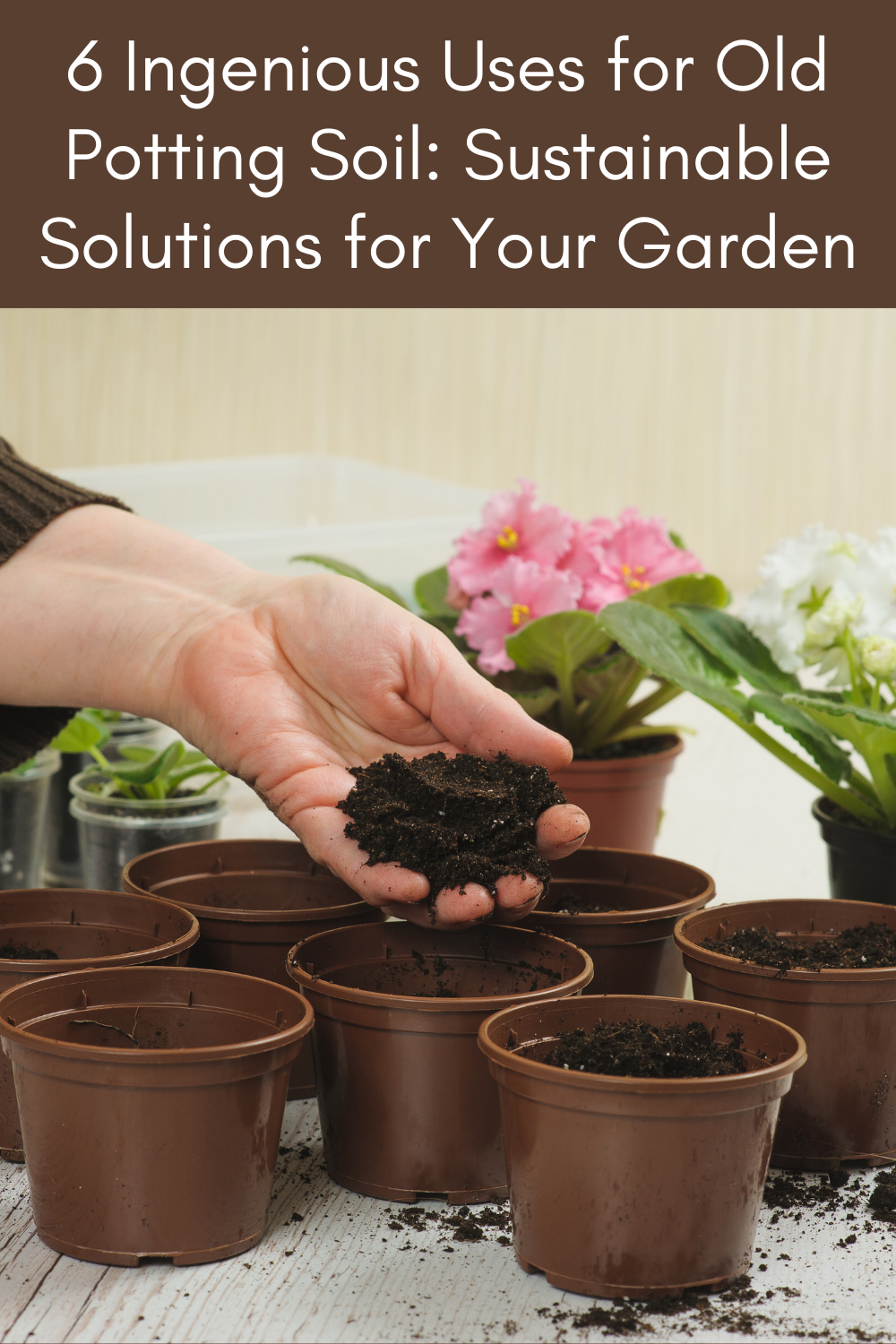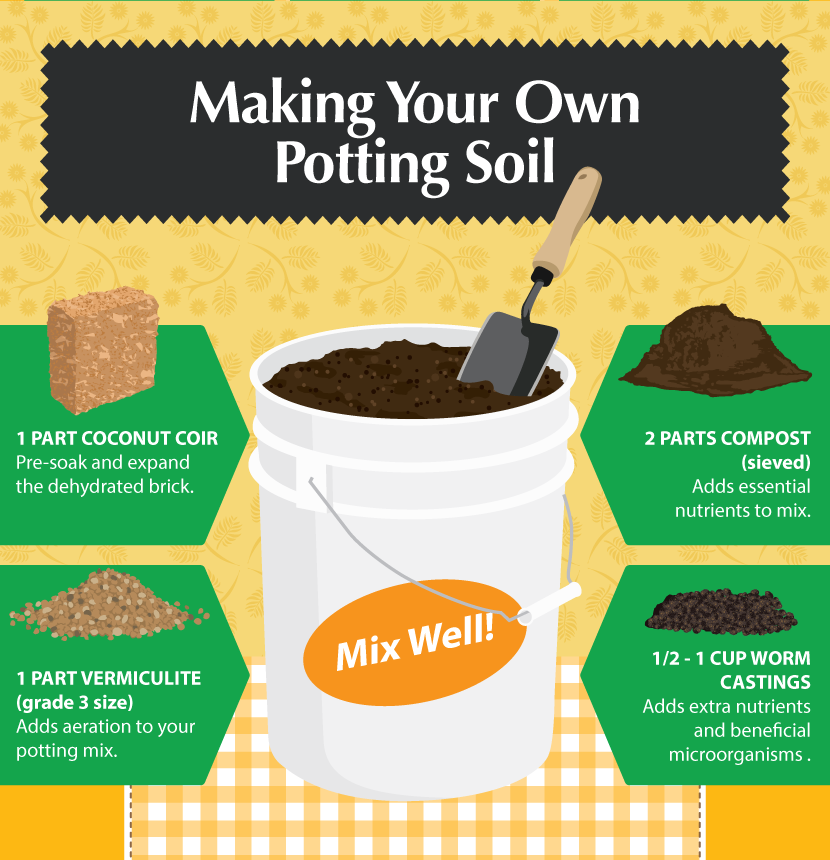When it comes to growing plants in containers, potting soil is the go-to option for many gardeners. It’s widely available, easy to use, and formulated to help plants thrive in pots. But as with most gardening products, there are also drawbacks to using potting soil. Whether you’re an experienced gardener or just getting started with container plants, understanding the disadvantages of potting soil is crucial for healthy plant growth and long-term success.

When Should You Avoid Using Potting Soil?
While potting soil is a popular choice for container gardening, it’s important to recognize when it might not be the best option. There are specific scenarios where potting soil may not provide the right environment for certain plants or gardening setups, and using it incorrectly can lead to poor plant health, wasted resources, and extra costs.
8. Not Ideal for Large-Scale Gardening
Potting soil is specifically designed for container gardening, which means it might not be the best choice for large-scale gardening projects, such as raised beds or outdoor garden plots. Here’s why it might not work for larger setups:
Why It’s Problematic:
- Cost prohibitive: Potting soil is significantly more expensive than regular garden soil, especially when purchased in bulk. Filling a large raised bed or several garden plots with potting soil can become financially impractical. On average, a cubic foot of potting soil costs anywhere from $8 to $15, compared to just $2 to $5 for garden soil.
- Drainage issues: Potting soil is formulated for small containers where drainage is crucial, but in large garden beds, this can lead to the soil drying out too quickly or not holding nutrients as effectively as garden soil would.
- Unnecessary ingredients: Ingredients like perlite and vermiculite, which are added to potting soil to improve aeration and drainage, may not be necessary in large outdoor spaces where natural soil aeration occurs.
Better Alternatives:
- Amended garden soil: For large-scale gardening, consider using garden soil that has been amended with compost and other organic materials to improve nutrient content and structure. This allows you to maintain good soil health without the added expense of potting soil.
- Custom soil mixes: You can create your own mix for large beds by combining topsoil, compost, and sand to achieve a balance between moisture retention and drainage, depending on your plants’ needs.
9. Incompatibility with Certain Plants
Another important consideration is that potting soil may not be suitable for all types of plants. While it works well for many houseplants and container flowers, certain plants have specific soil requirements that potting soil cannot meet.
Examples of Incompatible Plants:
- Succulents and cacti: These plants require a soil mix that drains extremely well and does not retain much moisture. Standard potting soil holds too much water for these plants, making them susceptible to root rot.
- Herbs like rosemary or lavender: Mediterranean herbs like rosemary, thyme, and lavender prefer sandy, well-drained soils that potting soil doesn’t typically provide. If you try growing them in standard potting soil, they may become waterlogged and fail to thrive.
- Large trees or shrubs: While young trees and shrubs might start in pots, they will eventually outgrow the limitations of potting soil. Their roots need the space and nutrients found in garden soil to fully develop.
Solution:
- Specialized soil mixes: For plants with specific needs, choose soil mixes designed for their requirements. For example, cactus and succulent potting mixes have added sand and perlite to ensure proper drainage. Similarly, some garden centers offer herb-specific mixes that balance moisture retention with drainage.
- DIY soil mix: You can also create your own mix by combining standard potting soil with sand or gravel for better drainage, especially for succulents or herbs.
Plant-Specific Soil Requirements
| Plant Type | Best Soil Type | Why Standard Potting Soil Fails |
|---|---|---|
| Succulents & Cacti | Cactus/Succulent Mix (Well-drained) | Potting soil retains too much moisture |
| Mediterranean Herbs | Sandy, well-drained soil | Excessive moisture retention in potting soil |
| Large Trees & Shrubs | Garden soil with organic matter | Potting soil lacks nutrients and space needed |
By choosing the right soil for your plants, you can avoid common problems like root rot and nutrient deficiencies.
How to Choose the Right Potting Soil for Your Plants
Not all potting soils are created equal, and choosing the right one for your plants can make all the difference in their health and growth. When selecting potting soil, several factors need to be considered, including the type of plant, its water requirements, and the environmental conditions in which it will be growing.
Factors to Consider When Choosing Potting Soil:
- Plant type: Different plants have different requirements when it comes to soil. Succulents and cacti need a mix that drains quickly, while houseplants like ferns or peace lilies thrive in a more moisture-retentive mix.
- Drainage needs: If your plants are prone to root rot, such as succulents, cacti, or herbs, look for potting soils that are specifically designed for excellent drainage. If you’re growing plants that need to retain more moisture, choose a mix with more organic material like peat moss or coco coir.
- Nutrient content: Some potting soils come pre-fertilized, while others do not. If you’re growing heavy feeders like tomatoes or flowers, you may want to look for a potting soil with a built-in fertilizer. However, for sensitive plants, such as seedlings, opt for a more neutral, nutrient-light mix to avoid burning tender roots.
- Organic vs. synthetic: If you’re growing edibles or have concerns about chemicals in your garden, you may want to choose an organic potting soil. These soils are made without synthetic fertilizers and pesticides, providing a more natural environment for your plants.


